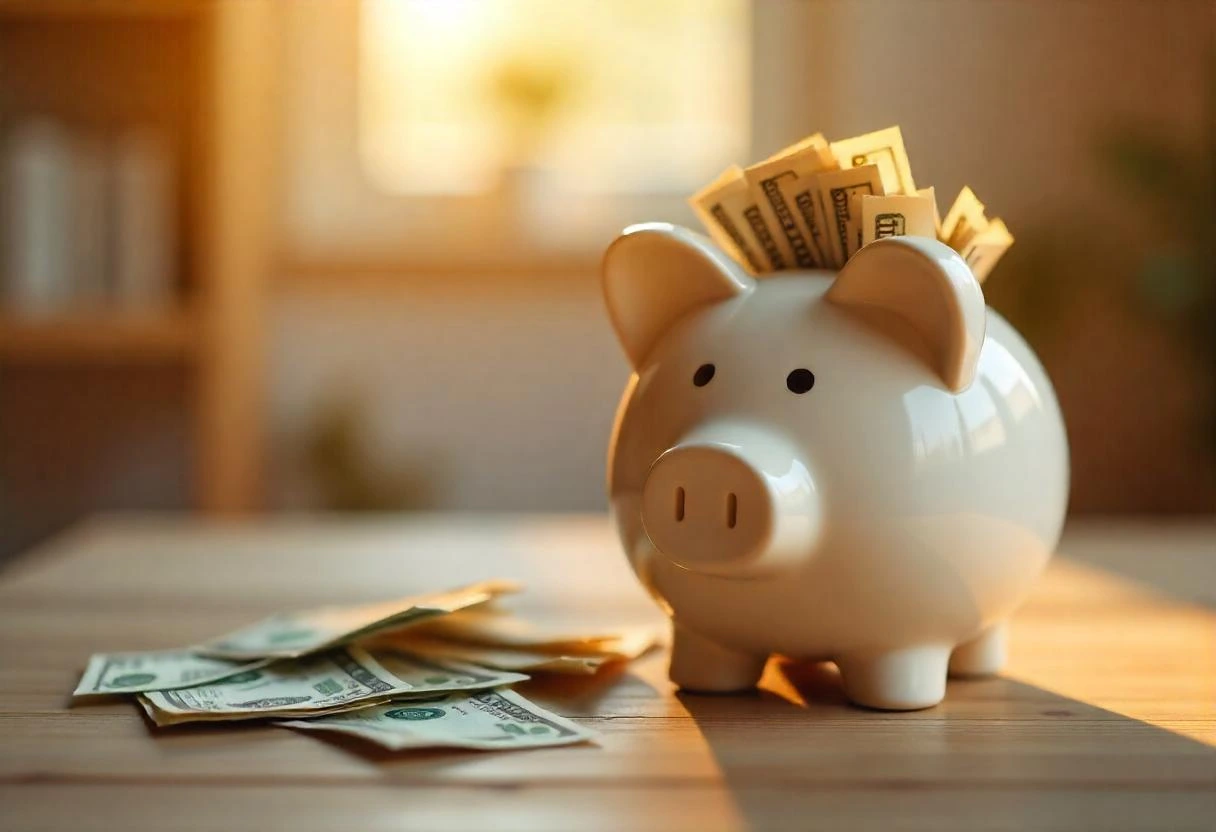An emergency fund is one of the most important elements of financial stability. It’s not about how much you earn — it’s about being prepared for the unexpected. Whether you’re living paycheck to paycheck or earning six figures, having a dedicated emergency fund can mean the difference between financial peace and crisis.
In this article, we’ll break down what an emergency fund is, why it’s essential, how much you need, and exactly how to build one — even if you’re starting from zero.
What Is an Emergency Fund?
An emergency fund is a stash of money set aside specifically for unexpected, urgent expenses. It acts as a safety net when life throws you a financial curveball.
It is for:
- Job loss
- Medical emergencies
- Major car repairs
- Emergency home repairs
- Unexpected travel (e.g., a family emergency)
It is NOT for:
- Shopping or gifts
- Vacations
- Down payments or planned purchases
- Regular bills (unless in an emergency situation)
Having this fund in place gives you time and space to handle problems without going into debt.
Why Everyone Needs an Emergency Fund
Even people with high incomes can be one crisis away from financial trouble if they don’t have savings.
Top reasons you need one:
- Peace of Mind
Knowing you have money set aside reduces stress and anxiety about “what ifs.” - Avoid Debt
Without savings, unexpected costs often go on high-interest credit cards. - Financial Independence
You don’t need to rely on loans, family, or credit during emergencies. - Life Happens
From job loss to health issues, emergencies are inevitable — not optional.
How Much Should You Save?
Starter Goal:
- $500 to $1,000
Enough to cover small emergencies like car repairs or a doctor’s visit.
Full Emergency Fund:
- 3 to 6 months of essential expenses
Calculate your bare-minimum monthly expenses (rent, food, utilities, transportation) and multiply by 3–6.
Example:
- Monthly expenses = $2,000
- Emergency fund goal = $6,000 to $12,000
Where Should You Keep It?
An emergency fund needs to be safe, liquid (easily accessible), and separate from your everyday spending account.
Best options:
- High-yield savings account
- Money market account
- Online savings account
Avoid:
- Cash (can be lost or stolen)
- Investment accounts (too volatile)
- Checking accounts (too easy to spend)
Pro tip: Name the account “Emergency Fund” — this reduces temptation to dip into it.
How to Start Building One — Step by Step
1. Set a Clear Goal
Decide on your starter amount and longer-term target.
2. Open a Separate Account
Keep it away from your spending money.
3. Automate Your Savings
Set up automatic transfers, even if it’s just $10 per week.
4. Use Windfalls Wisely
Tax refunds, bonuses, and gifts can jump-start your fund.
5. Cut Non-Essentials
Reduce takeout, cancel unused subscriptions, or shop less to free up cash.
6. Track Your Progress
Use apps or a savings chart to stay motivated as your balance grows.
How to Rebuild It (If You Use It)
Using your emergency fund for a true emergency is exactly what it’s for. But after you use it, prioritize replenishing it.
- Pause non-urgent spending
- Redirect extra income
- Set a timeline to restore the fund
Don’t feel guilty for using it — feel grateful it was there when you needed it.
Common Myths About Emergency Funds
“I don’t make enough money to save.”
Even $5/week adds up. The key is consistency.
“I’ll just use my credit card.”
This leads to debt and interest — which defeats the purpose of financial safety.
“I already have a savings account.”
Great — but is it only for emergencies, or do you dip into it often?
Final Thoughts: Protect Your Future Self
An emergency fund isn’t just a pile of money. It’s security, freedom, and peace of mind. It gives you breathing room when life takes an unexpected turn.
Start small. Be consistent. Every deposit is a step toward financial strength.
You can’t prevent every emergency — but you can be ready for them.
In God We Trust

